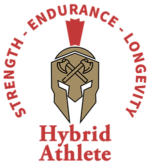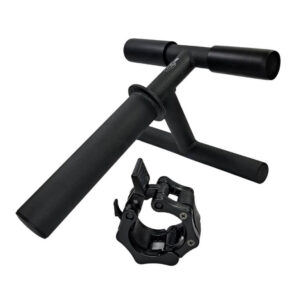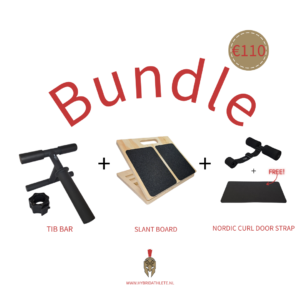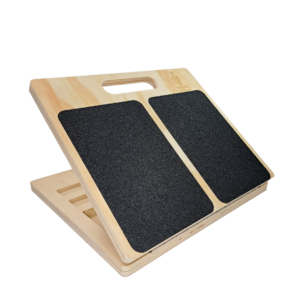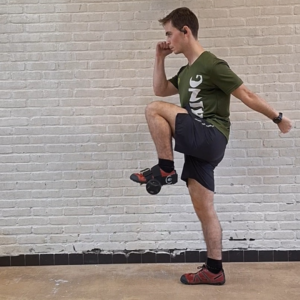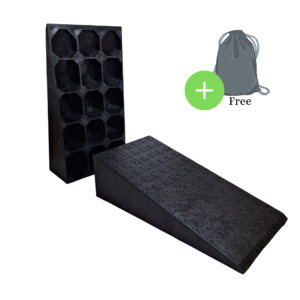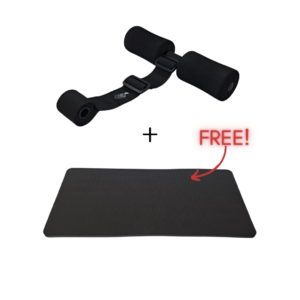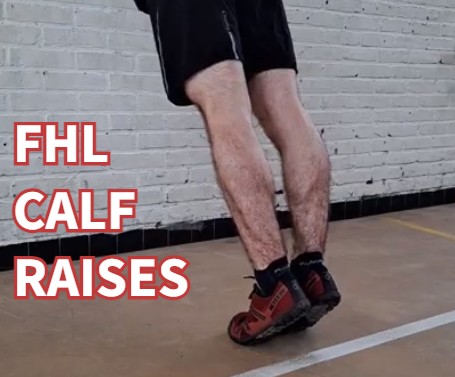
The FHL (short for Flexor Hallucis Longus) is a calf muscle, located in the deep tissues on the posterior side of the shin. It may be small, but it serves more than a few purposes for athletes (and dancers) who have running and jumping as a part of their chosen discipline.
Since you’re here, you probably know that there aren’t many effective ways to strengthen it. And that is exactly why we need to talk about the FHL calf raises – the simple, yet incredibly effective exercise that helps you develop this muscle, and by extension develop a smoother running gait, protect your feet and knees, and lastly, improve your performance.
Let’s dig in.
Table of Contents
Flexor Hallucis Longus - A Deep Muscle That Deserves More Credit
To make things simple, let’s start with a quick translation – flexor hallucis longus literally means a long muscle that flexes the big toe.
The FHL is located on the posterior side of the shin, alongside the tibialis posterior and flexor digitorum longus. It’s tucked in deep, below the fascia of the calf. It goes along the fibula, over the ankle joint, through the medial longitudinal arch of the foot, and ends at the tip of the big toe.
Now, the FHL isn’t as big as the surrounding shin muscles, but it does play more than a few crucial roles, like:
- Plantar flexing of the ankle joint (feet point downwards)
- Maintaining the tension in the medial longitudinal arch of the foot
- Flexing the big toe
- Foot pronation (to a degree)
In simple biomechanical terms, the FHL is responsible for the final toe-off during running and jumping. It’s not as big as its neighbors (i.e. gastroc or soleus), but it is the most powerful in its nerve cluster, and deserves attention since it’s responsible for the final stage of the lift-off.
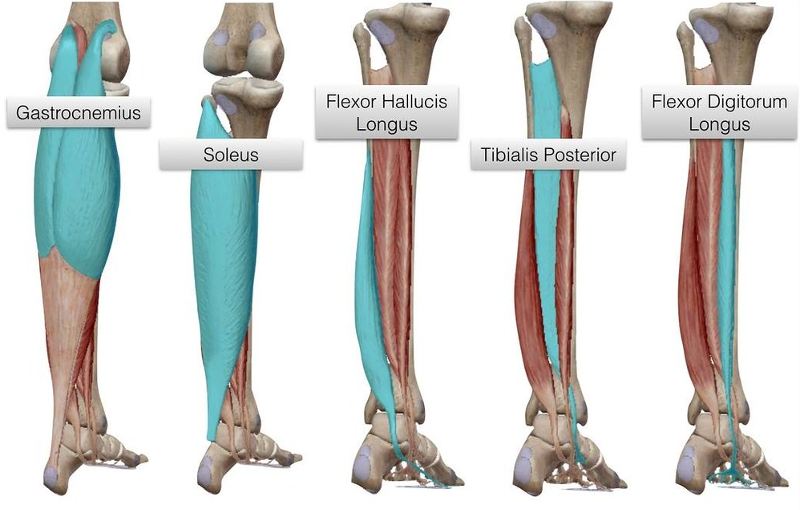
How And Why Does The FHL Get Hurt
When it comes to muscles, there’s a rule – the more joints it goes over, the chances of injury go up drastically.
Since the FHL goes over the ankle, the ball of your foot, and the big toe interphalangeal joint, the risk of injury and overuse is substantial. The most common sources of FHL injuries for athletes include:
- Repetitive stress from running (especially long-distance running)
- Jumping and landing (during sports and dancing)
- Prolonged standing on hard surfaces like concrete (e.g. nurses and waiters get afflicted often)
Thanks to the “longus” nature of the muscle, FHL tendonitis and tendinopathy symptoms present themselves as a sharp pain in one of three locations – the back of the ankle, below the midfoot, and the base of the big toe.
At Hybrid Athlete, we firmly believe that a gram of prevention is worth a kilo of cure, so let’s talk about injury prevention for this muscle – the FHL calf raise.
FHL Calf Raise Benefits
Obviously, the main benefit of FHL calf raises is injury prevention, no doubt about it. That’s why this exercise is a staple in the Knees-Over-Toes community. This muscle is “hidden” deep in the posterior part of your shin, making it hard to target. The FHL calf raise is doing just that.
But, besides injury prevention, FHL calf raises provide much more:
- Improved plantar flexion power and control – particularly important for runners and dancers
- Lower risk of ankle twists – if you like to get dirty and hit the mud running, you know how important avoiding awkward ankle twists is
- Increase in jumping power – as a muscle that is responsible for the toe-off, a strong FHL will help you jump higher
*The FHL calf raises bring the most benefits if combined with a solid KOT mobility routine.
How To Perform The FHL Calf Raise
- Facing a wall, stand with your feet apart (neutral stance) and point your toes forward
- Stretch your arms forward and lean into the wall
- Stand away from the wall so that your feet just lift off the ground
- By pushing through the balls of your feet, plantar flex the ankle
- Hold for a moment. Feel the contraction in your calf muscles and the flexion in your big toes
- Go back down and repeat
*It’s important to keep your knees extended throughout the movement. Another factor to think about is the shoes you’re wearing while doing the exercise. Harsh, narrow-toe-box footwear won’t let you transfer the push force through your big toe effectively. It’s best to do the FHL raises in minimalist (aka barefoot) shoes.
FHL Calf Raise Progressions
There are three main ways to progress with the FHL calf raises:
- Step away from the wall and make the angle your body is making with the floor sharper (lean in)
- Tuck one of your legs behind the other and do a single-leg FHL calf raise
- Put on a backpack or a weighted west to increase the weight load
How Often Should I Do The FHL Calf Raises?
Since this exercise allows for a higher rep range (you can go up to 25 per set easily), you can perform it on every leg day (or in more concrete turns – up to 3 times a week).
Keep in mind – if you have any trace of tendinopathy or tendonitis in the lower calf, do not push through the pain. It’s best to advise a physician and start small (e.g. short foot exercises).
Stronger Calves For A Safer Step And A More Powerful Jump
Most amateur athletes are new to FHL calf raises. After all, there isn’t exactly a gym machine that targets this intricate muscle. And after reading this short guide, you won’t need one.
If your athletic discipline involves any form of running, jumping, or explosive direction-changing movements, it’s best to implement them into your routine ASAP.
Start Your Leg Bulletproofing Journey Today With The Best Gear:
Above all, a storyteller. Then comes marketing, branding, writing music, powerlifting, and woodworking.
